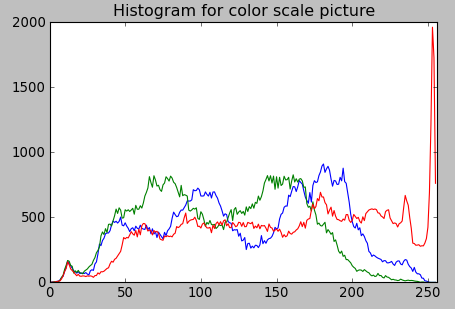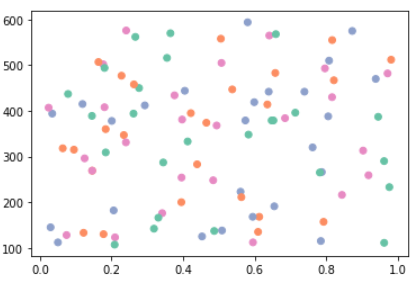
T.fillcolor(randint(0,255),randint(0,255),randint(0,255))Īs you can see, we randomly got a dark color for the pen color, and an orange color for the fill color.
Python colors how to#
To use RGB colors, we change the color mode to RGB mode (‘255’), and then we use the randint() function from the random module to generate random numbers in the range 0 to 255.īelow is an example of how to use Python to get a random color to draw a triangle and then fill it with turtle. We can generate random colors using RGB colors. When creating graphics, sometimes it’s cool to be able to generate random colors to make random colored shapes or designs. Generating a Random Color Turtle with Python turtle Module Let’s take the example from above and fill our rectangle with the color ‘light blue’ using fillcolor(), begin_fill() and end_fill() in Python. Just like the pencolor() function, the fillcolor() function takes any valid color given a color mode. With the turtle colors, you can easily fill shapes with color. Depending on the color mode, you can pass any valid color to pencolor().īelow is an example of drawing a rectangle which has a green outline in Python. To change the pen color, you can use the pencolor() function. With the turtle colors in Python, we can change the pen color to change the colors of the lines in our designs. To use RGB colors with turtle, you have to change the color mode to ‘255’ with the colormode() function.Īfter changing the color mode of the turtle to RGB mode, you can pass three integer values between 0 and 255 representing the red, green and blue contributions to a RGB color.īelow are a few examples of how to use RGB colors with turtle in Python. In addition to the list of turtle colors, you can use RGB to define your own colors. colors = Using RGB Colors with Python turtle Module The list is hundreds of colors long, but below are a handful of common colors you can use with turtle. The colors you can use with the turtle module are all of the many symbolic color names that Tk recognizes. With the turtle module, we can use a number of different colors. Python turtle Color List – Which Colors Can You Use? We use the fillcolor() function to define the fill color of our shape, and then use the begin_fill() and end_fill() functions to define when to begin and end filling shapes with the fill color.īelow is an example and the output of how to fill a circle with the color ‘blue’ using fillcolor(), begin_fill() and end_fill() in Python. To fill a shape, there are a few steps to take. The main function you can use to change the color of a line is with the turtle pencolor() function.īelow is an example and the output of how to change the color of a line using pencolor() in Python. We can add color to the lines, as well as fill the shapes we create with color. With those designs, the turtle module gives a number of ways to color our designs. We can use the turtle module to make all sorts of designs with Python. The turtle module in Python allows us to create graphics easily in our Python code.

If you are looking to change the background color of the turtle screen, you can use the screensize() function.

To begin and end filling a shape, we use the begin_fill() and end_fill() functions. import turtleįor changing the fill color, we can use the fillcolor() function. To change the pen color, we can use the pencolor() function. Some colors include: colors = īelow is a brief summary of how to use turtle colors in Python. You can use any valid Tk color name with turtle module, as well as RGB colors. Can be either categorical or numeric, although color mapping will behave differently in latter case.The Python turtle module provides us with many functions which allow us to add color to the shapes we draw. The hue parameter is used for Grouping variable that will produce points with different colors.

These parameters control what visual semantics are used to identify the different subsets Seaborn has a scatter plot that shows relationship between x and y can be shown for different subsets of the data using the hue, size, and style parameters. DataFrame ( dict ( population = population, Area = Area, continent = continent )) fig, ax = plt. Import matplotlib.pyplot as plt import numpy as np import pandas as pd population = np.


 0 kommentar(er)
0 kommentar(er)
